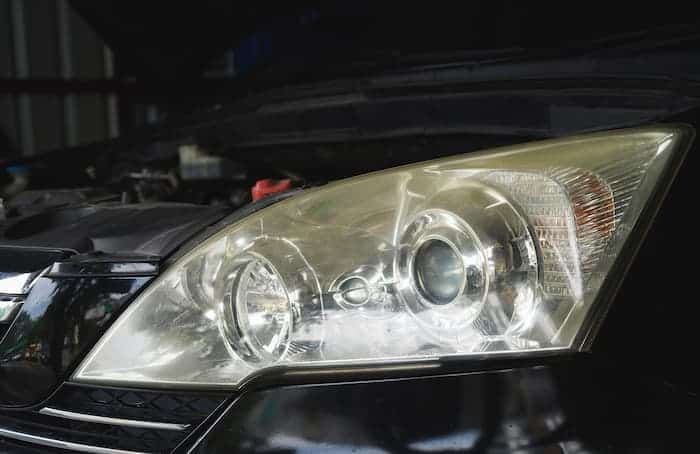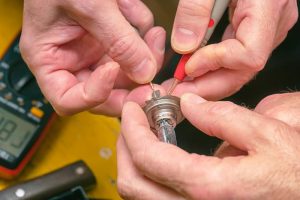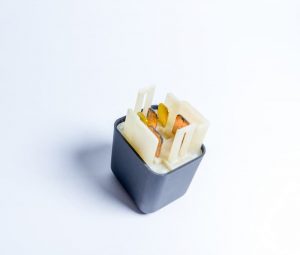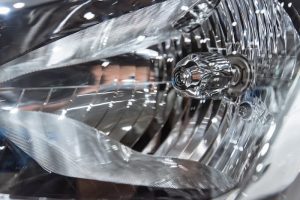Do you experience difficulties seeing the road at night when you’re driving? Your acrylic headlights may have become foggy due to exposure to the sun, rain, and driving conditions. Headlights that are badly fogged might impair vision by up to 50%. Furthermore, foggy headlights are just unappealing. Let’s look at why your headlights get cloudy and what you can do to prevent it.
What makes headlights cloudy
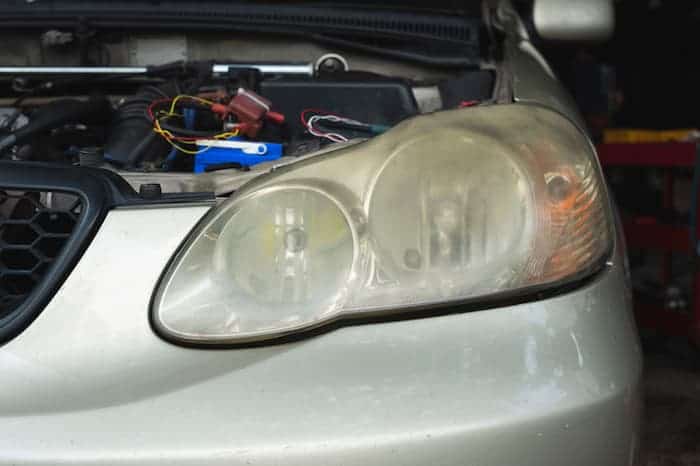
- Oxidation: When headlights are exposed to UV light, they oxidize. To prevent this, a clear top layer is applied to headlight lenses, but the coating usually wears off, and sun rays turn the hard plastic yellow.
- Flying debris: Road salt, gravel, and other debris that gets churned up as you go down the road take a toll on your headlamps. This wears down the surface layer on your headlamps, causing pits and scratches that contribute to their cloudy appearance.
- Dirt and chemicals: After some years on the road, the lenses develop a thin layer of dirt and chemicals. This thick coating dims the light from your headlights.
- Water vapor: Headlamps are designed with a watertight seal, although this seal can break due to wear and tear—condensation forms inside the lens, which is impossible to remove. The water droplets scatter the light beam, making nighttime visibility even worse.
How to keep headlights from turning yellow
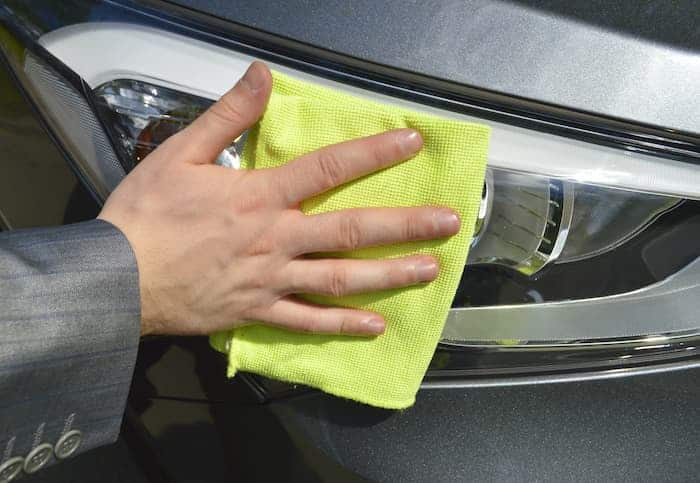
- Park under a shade: If possible, park your car in the garage or under a shady tree. If you don’t have that option, park outside with your headlights facing away from the sun to limit UV exposure and slow the oxidation process.
- Wash your car: Wash the headlights with automotive soap every three months to clean dirt and chemicals that cause fogging.
- Polishing: Polish your headlight lenses with a non-abrasive polishing substance and a microfiber cloth to remove any early symptoms of yellowing. For best results, follow our top 5 cleaning hacks to restore your yellowed headlights.
DIY treatments for cloudy headlights
Start by cleaning the lenses with automotive soap, so you have a clean surface to work with while restoring your headlights. Then try one of the following methods to clear the haze from your headlights:
- Baking soda paste:
- Make a paste with five teaspoons of baking soda and enough water.
- With a sponge, apply evenly to both headlights and polish in small circular motions.
- Rinse the headlights.
- Toothpaste: Apply toothpaste to each lens directly. Using a soft, dry cloth, clean the area. Rinse the toothpaste out of your headlights and admire its new appearance.
- Vinegar bath: Remove the lenses from the case and immerse them in white vinegar for one hour. After removing the dust using a rough sponge, replace the lenses.
- Apply a clear coat:
After you’ve rinsed your car headlights, the next step is to add a protective layer. This coating helps to protect your car headlight lens from UV rays by serving as a layer above your headlight lens. To help you coat your headlight lens properly, here is a step by step method of applying a headlight coating.
Professional headlight restoration

DIY headlight cleaning results only last around a month. Although the abrasive chemicals remove the oxidation, they do not prevent further yellowing. But when you make use of a headlight restoration kit for your DIY cleaning, the result is astonishing and lasts a very long time. However, it is more effective to hire a professional to restore your headlights. It entails:
- Removing the rusted outer layer by sanding the headlights.
- Cleaning the headlights to remove scratches that obstruct visibility and trap dirt.
- Preventing further yellowing by sealing the headlights with a high-quality clear coat.
- Fixing the waterproof seal on the headlight so that moisture doesn’t accumulate inside the lens.

